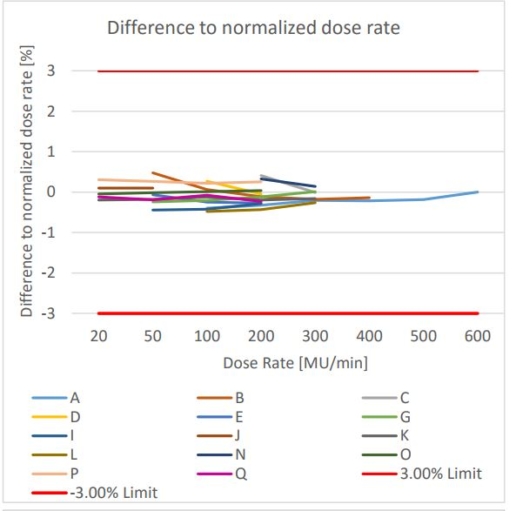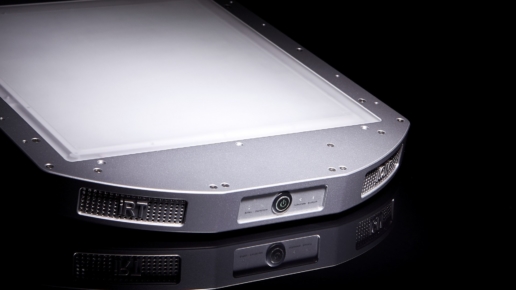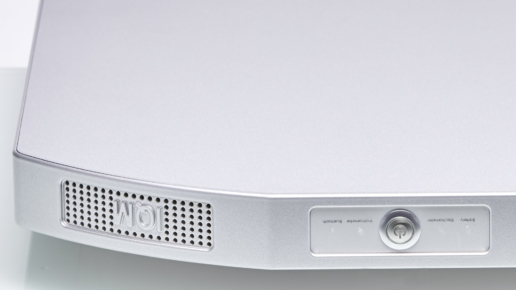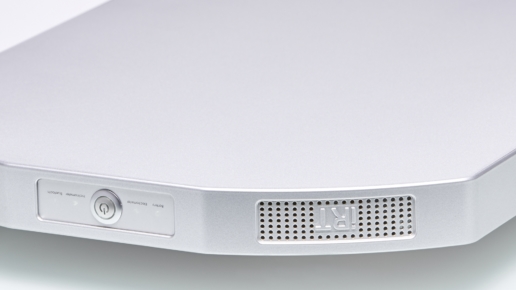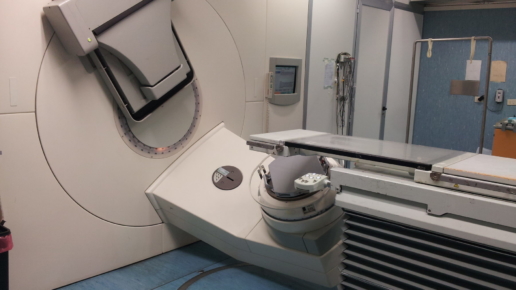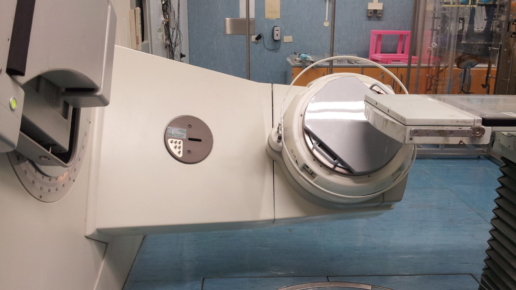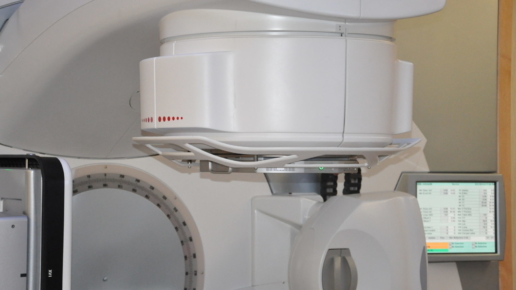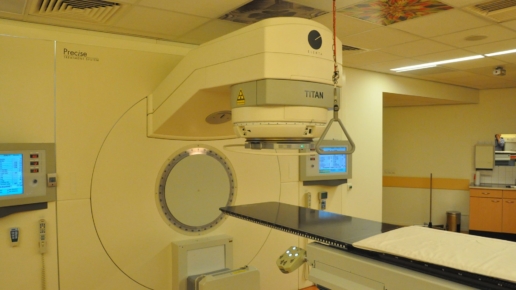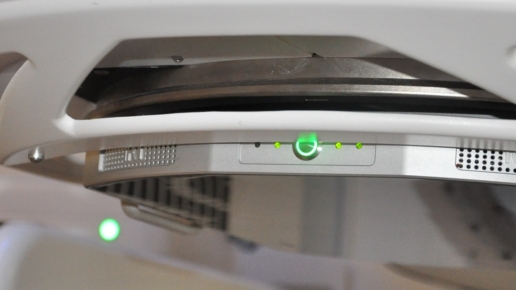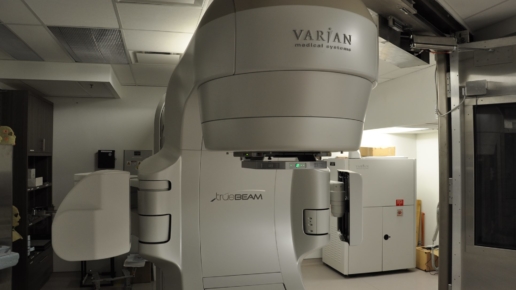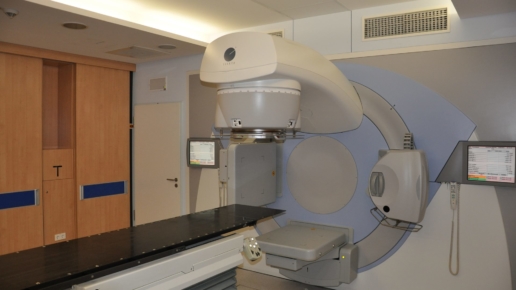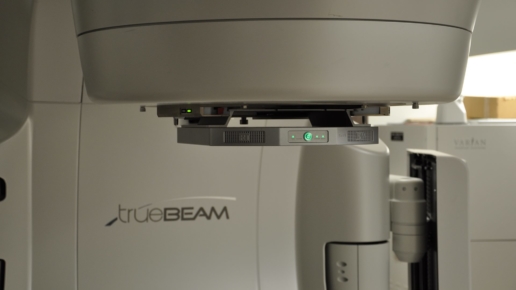Test purpose
The dose rate dependence test verifies that the IQM System measures the same signal for the same dose independent of the dose rate at which the dose is delivered.
Test method
The dose rate dependence test uses the reference field size of 10 cm x 10 cm (defined by MLC and Jaws) for a 6MV photon beam and a constant dose output of 100 MU. The test was performed for a number of dose rates as available at the specific Linear Accelerator, typically for the following dose rates:
20 MU/min / 50 MU/min / 100 MU/min / 200 MU/min / 400 MU/min / 600 MU/min / (for FFF beams the highest dose rate is also measured).
The pass criteria for the dose dependency test is that the variation between the signal at the highest dose rate and the signal measured at the other dose rates must be less than 0.5%.
Test results
Thirteen (13) of the 21 sites participated in the dose rate dependence test. Because many linear accelerators are limited to deliver only certain, pre-defined dose rates, certain sites have measured at only a few dose rates. Results at each site were normalized to the signal detected at the highest dose rate measured at that site.
The smallest variation with dose rate seen in our results is 0.00%, measured at Site A at 600 MU/min. The largest variation seen was 0.48%, measured at Site B at 50 MU/min. The mean variation over all sites at all dose rates was 0.19%.
Conclusion
The IQM system measures dose independently from the dose rate at which the dose is delivered. The variation in the IQM Signal measured for a given dose delivered at different dose rates are well within our acceptance criteria of +/- 0.5%.
The dose rate dependence test, performed at 13 linear accelerators at research partner sites, confirmed that the IQM signal measured for a given dose does not depend on the dose rate at which that dose is delivered. IQM signal is virtually independent of dose rate.
This test report is based on a publication created by iRT Systems GmbH, Koblenz (Germany).
Please click on the „Download“ button to download the complete publication.
